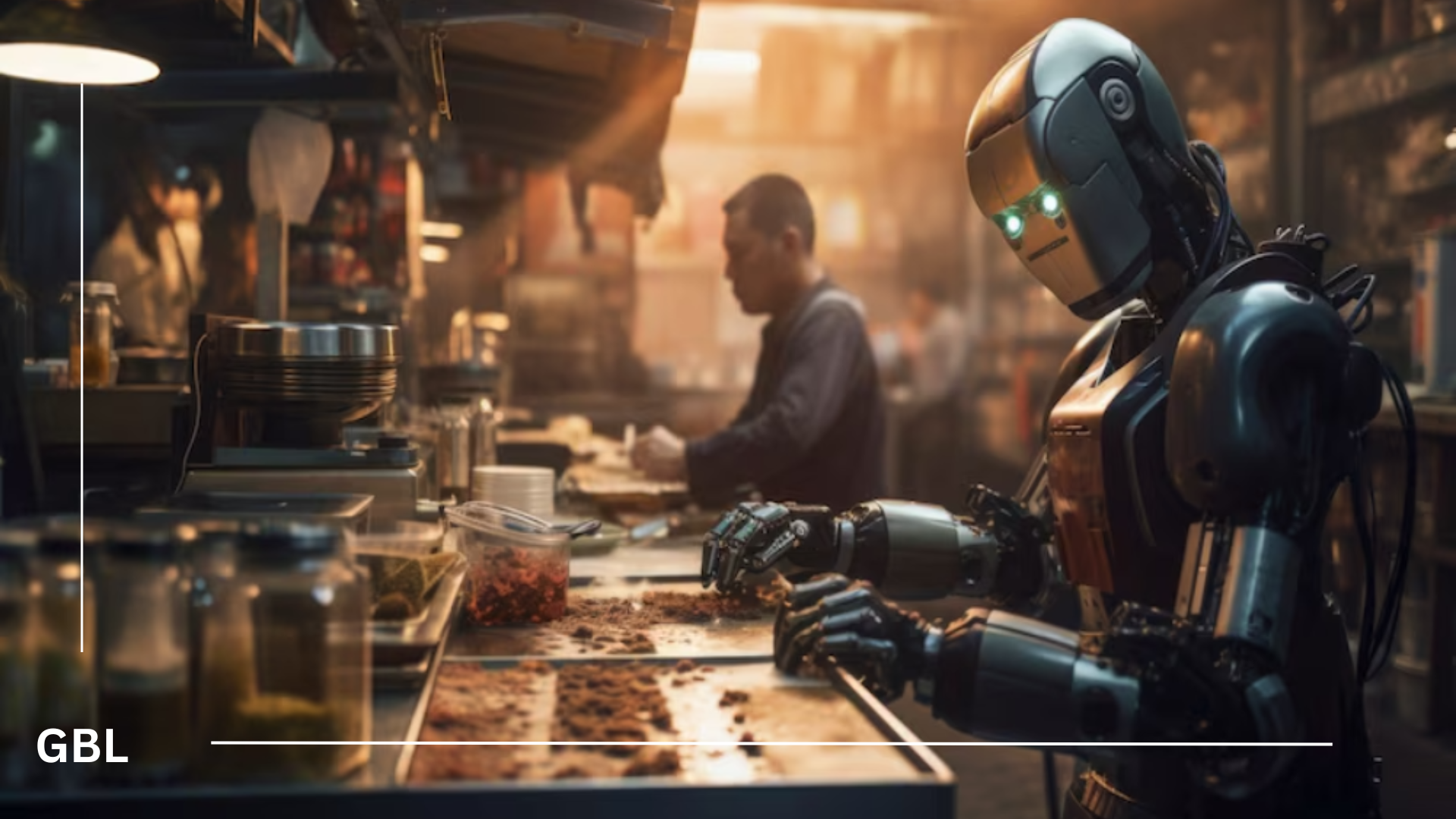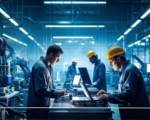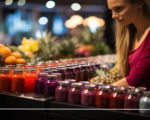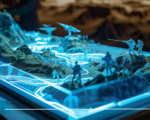In the heart of Detroit, where the rhythm of production pulses through the air, a new kind of collaboration is taking shape. Among the clatter of machinery and the hustle of workers, there stands a silent yet pivotal presence – the collaborative robot, affectionately known as the “cobot.”
Meet James, a seasoned factory worker at Motor City Manufacturing. For years, James has been honing his craft, meticulously assembling components and ensuring quality on the production line. But alongside him now stands his new partner, a cobot named “Buddy.”
“At first, I wasn’t sure what to make of Buddy,” James admits with a chuckle. “But now? I couldn’t imagine working without him. We’ve become quite the team.”
Buddy, with his sleek frame and gentle movements, seamlessly integrates into James’ workflow. Together, they tackle tasks that once required James to perform repetitive motions for hours on end. With Buddy handling the heavy lifting – both figuratively and literally – James is free to focus on more intricate and intellectually stimulating aspects of his job.
“It’s like having an extra set of hands,” James explains. “Buddy takes care of the grunt work, allowing me to use my expertise where it matters most. It’s made my job more fulfilling and, dare I say, fun.”
But the benefits of cobots extend beyond individual workers like James. For companies like Motor City Manufacturing, embracing cobot technology has ushered in a new era of efficiency and productivity.
“We’ve seen a remarkable transformation since introducing cobots into our manufacturing process,” says Sarah, the plant manager at Motor City Manufacturing. “Not only have we increased our output, but we’ve also improved the well-being of our employees. Cobots aren’t replacing humans; they’re enhancing our capabilities and fostering a more collaborative work environment.”
Indeed, cobots are not merely tools of automation; they are bridges between human ingenuity and machine precision. With their advanced sensors and adaptive programming, cobots can work alongside humans in a shared workspace, intuitively responding to changes in their environment and ensuring safety at every turn.
“As technology evolves, so too must our approach to manufacturing,” Sarah emphasizes. “Cobots represent the future of our industry – one where humans and machines collaborate harmoniously to achieve remarkable results.”
As the sun sets on another day of production, James and Buddy stand side by side, a testament to the power of human-machine collaboration. In their shared workspace, they embody the spirit of innovation and cooperation that defines the modern manufacturing landscape, paving the way for a future where the possibilities are limitless.

















